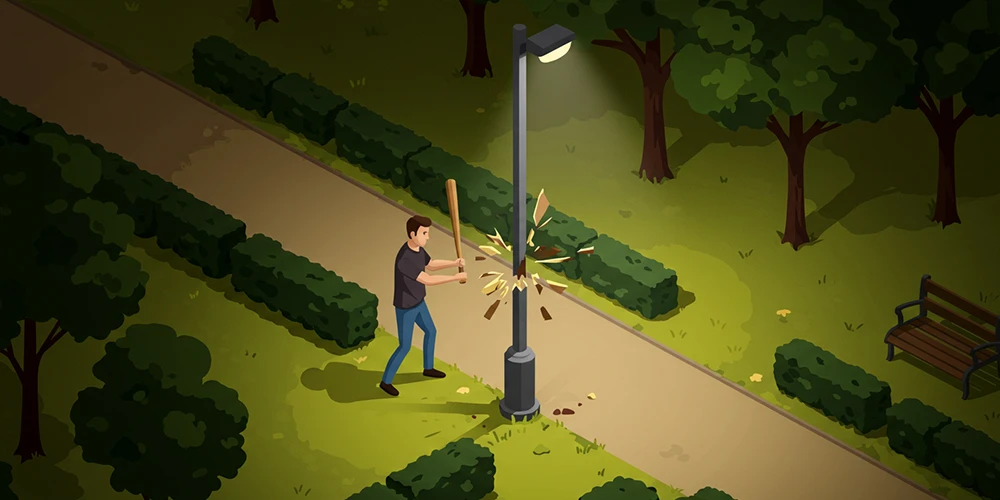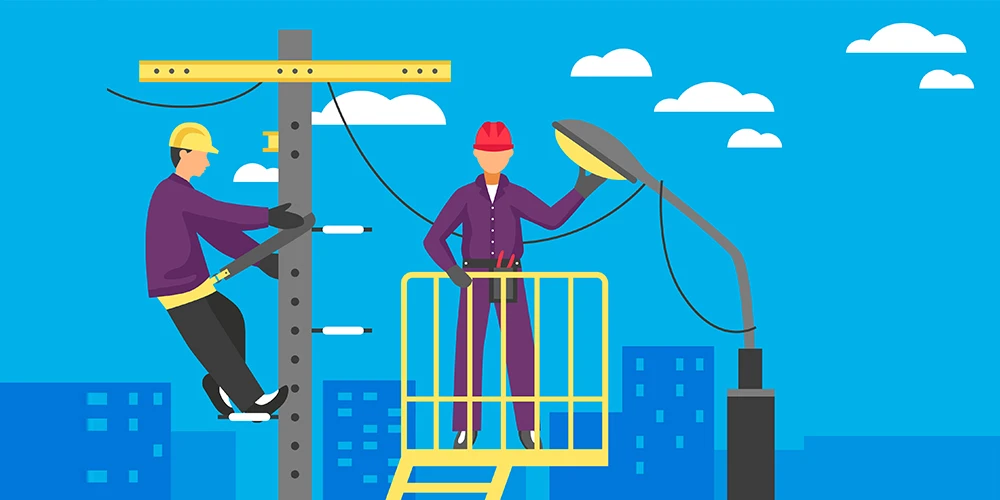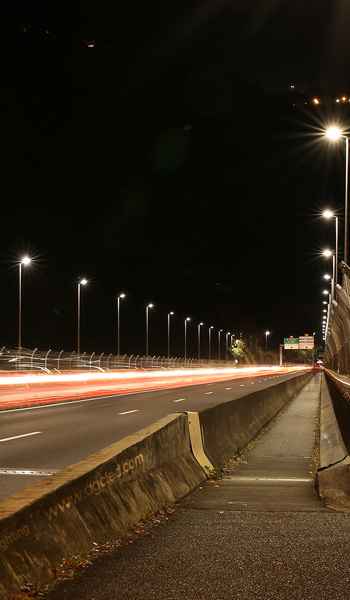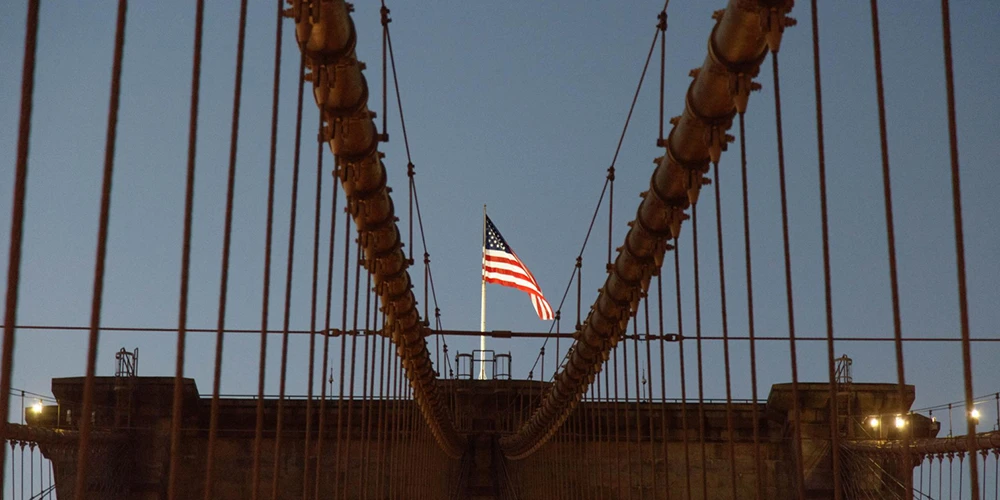Public lighting plays a crucial role in urban safety and community well-being, yet it is frequently targeted by vandals. An estimated 25,000 streetlights are out in Los Angeles, leaving parts of the city in darkness. According to the LA Bureau of Street Lighting, vandalism is a major cause of these outages. Every year, communities spend millions repairing and replacing damaged fixtures. But the cost isn’t just financial, broken streetlights create safety hazards, encourage crime, and diminish the overall quality of life for residents.
Why would someone vandalize a streetlight? It seems like a senseless act. However, the reasons behind public lighting vandalism are often more complex than they appear. More importantly, what steps can communities take to prevent this destructive behavior?
Why Public Lighting Becomes a Target for Vandalism and Theft
Public lighting is often vulnerable to vandalism and theft, driven by several factors—many of which align with the principles of the Broken Windows Theory. This theory suggests that visible signs of disorder, like broken streetlights, signal a lack of social control and can encourage further criminal behavior.
One major reason for streetlight vandalism is the value of copper wiring. Many public lights contain copper, which, despite being in small amounts, remains a tempting target for thieves looking to make quick cash. The accessibility of these materials makes streetlights an easy and frequent target for theft.
Another contributing factor is the physical accessibility of public lighting. Many streetlights, especially in parks and residential areas, are installed at reachable heights, making them easy to damage with minimal effort. Breaking a light has an immediate and dramatic effect—darkness—which can provide a sense of power over public infrastructure. This instant impact often leads to repeat offenses and even copycat behavior.
The consequences of vandalized lighting go beyond mere inconvenience. A darkened street can create a sense of lawlessness, suggesting that no one is watching or cares, which may invite further acts of vandalism or even more serious crimes. This aligns with the Broken Windows Theory, where small signs of neglect can escalate into broader social decline.

The Hidden Costs of Broken Streetlights
At first glance, broken streetlights may seem like a minor inconvenience. However, the consequences go far beyond just losing light. Poor street lighting directly affects public safety, increases financial strain on taxpayers, and weakens community trust.
Dark streets pose an immediate safety risk. Limited visibility increases the likelihood of accidents, particularly for pedestrians and cyclists. At the same time, poorly lit areas often increase the risk of crime, making residents feel unsafe and discouraging evening activities. This sense of insecurity can lower property values and hurt local businesses, as fewer people are willing to visit or invest in dimly lit areas.
The financial burden is also significant. Constantly repairing and replacing damaged streetlights drains public resources, diverting funds from other essential city services like road maintenance, education, and emergency response. This cycle of vandalism and repairs places an ongoing strain on already tight budgets.
Beyond the economic impact, darkened streets affect community well-being. When neighborhoods remain poorly lit, it signals neglect, erodes trust in local governance, and weakens social ties. Residents may feel abandoned, leading to reduced civic engagement and a declining sense of community pride.
Preventing Public Lighting Vandalism
Promptly repairing or replacing damaged lights sends a powerful message: the community cares. It signals that the area is monitored and maintained, discouraging further vandalism and reinforcing a sense of order. However, constant repairs come at a high cost. Vandalism in the United States is estimated to cost taxpayers and business owners over $1 billion annually, making prevention a critical priority.

Installing Vandal-resistant Fixtures
The first line of defense is physical hardening. Installing vandal-resistant fixtures reduces the risk of damage from thrown objects, while protective cages and tamper-resistant screws make it more difficult for vandals to interfere with lighting infrastructure.
Solar streetlights
Solar streetlights are an effective solution to combat theft and vandalism because they do not rely on the energy grid. Many cities are turning to solar lighting to address the rising issue of copper wire theft. For instance, on March 4, 2024, more than 100 solar streetlights were installed in Van Nuys after vandals had darkened the streets by stealing wiring. While solar streetlighting is not a complete fix for crime, it serves as a valuable tool in helping create safer and more secure communities.
Smart Design for Crime Prevention
The design also plays a key role. Lighting should be positioned to eliminate isolated or hidden areas where vandals can operate unnoticed. Thoughtful placement, integrating streetlights with surrounding infrastructure and natural features, enhances both protection and illumination. Well-lit areas are less appealing to vandals and help deter criminal activity.
Additionally, network-connected lighting can further improve security. Smart lighting systems can detect and report damage or tampering in real time, enabling a rapid response before problems escalate. This proactive approach helps prevent vandalism from spreading.
Engaging the Community
Community involvement is just as important as physical deterrents. “Eyes on the street” programs encourage residents to report suspicious activity or damaged lights, fostering a collective sense of responsibility. Public awareness campaigns can educate people about the financial and safety consequences of vandalism, reinforcing the importance of maintaining public spaces.
Working with local schools and community organizations can also instill a sense of pride and ownership, especially among younger generations. When people feel connected to their neighborhoods, they are far less likely to engage in or tolerate vandalism.












